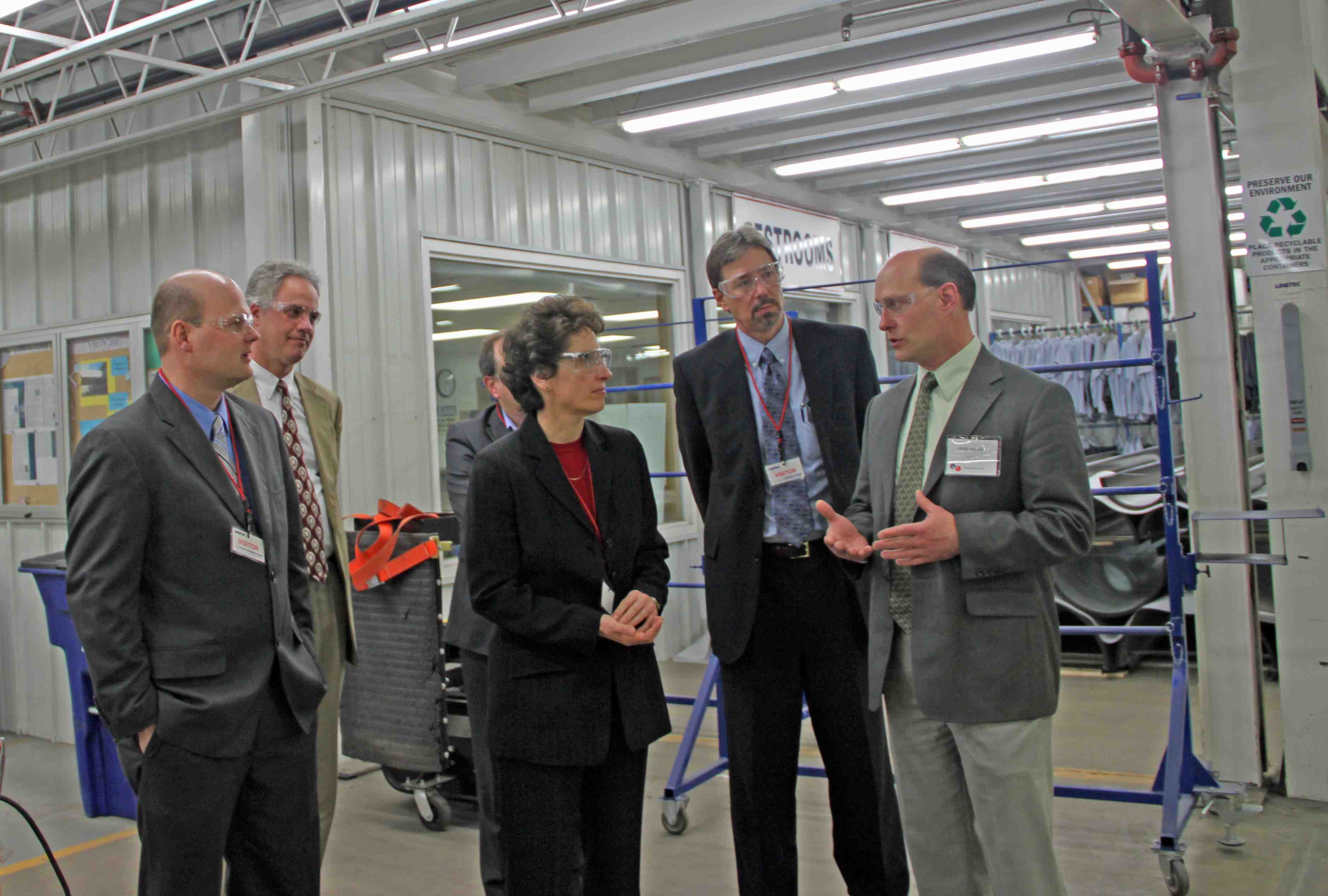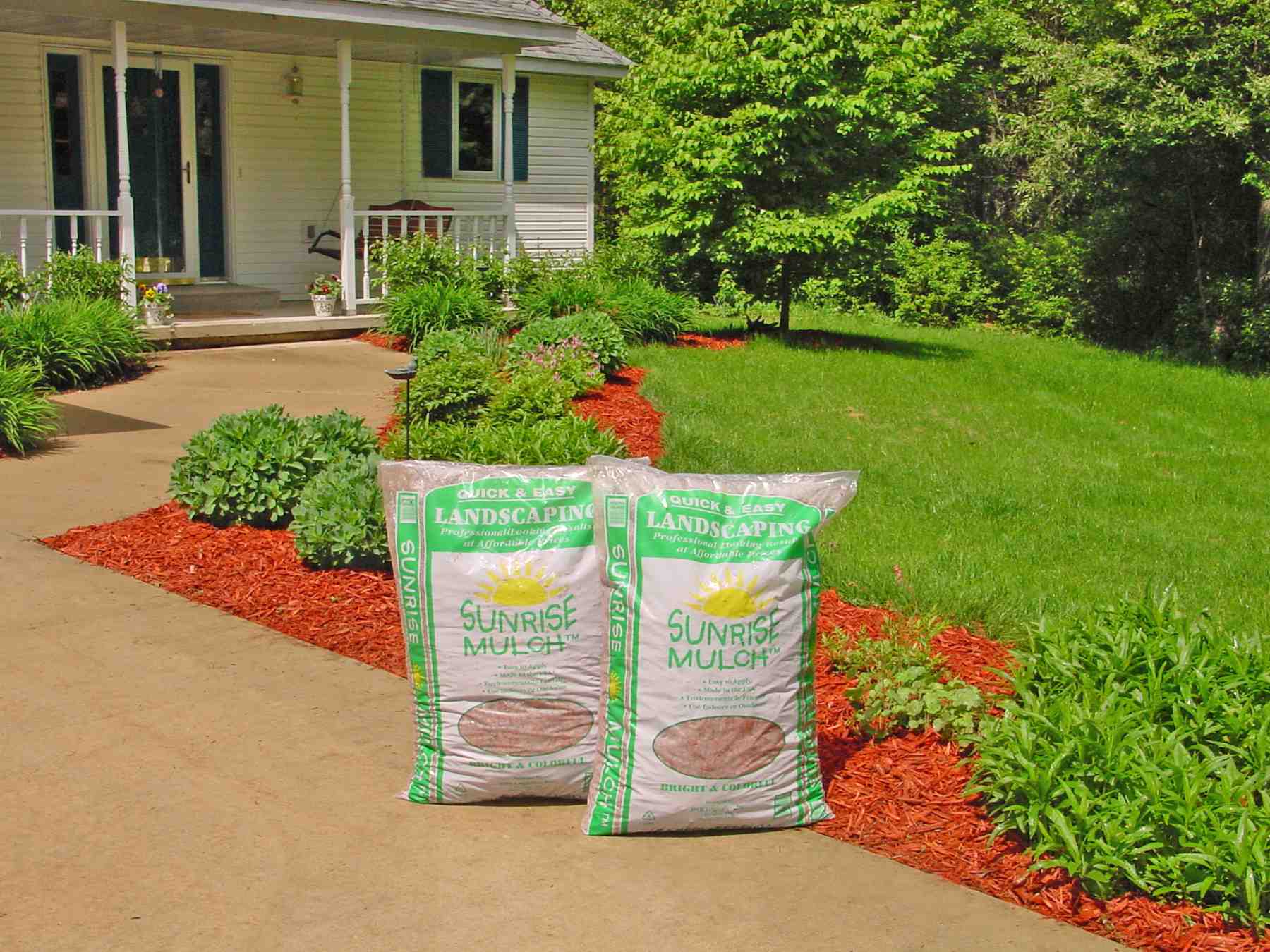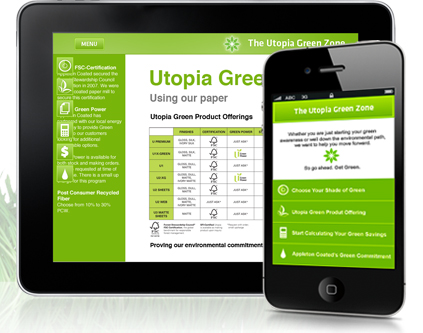Linetec has earned a long-standing reputation as a leader in environmentally-conscious practices and finishing options. Environmental responsibility is written into the company’s core values and its practices have yielded notable savings.

left to right: Fred Westphal, Account Executive, Wisconsin Public Service; Rick Marshall, President, Linetec; Dennis Derricks, Director of Electric Regulatory Policy, Wisconsin Public Service (behind Azar); Lauren Azar, Commissioner, Public Service Commission of Wisconsin; Tim Kallies, General Manager- Customer Relations, Wisconsin Public Service; Andy Joswiak, V.P. Operations, Linetec
Recognizing the company’s accomplishments, leaders from Wisconsin Public Service toured Linetec’s facility on April 5, 2011 to learn more about its operations and its effective use of the Focus on Energy program. Focus on Energy provides eligible customers with technical assistance and incentives to optimize energy use and renewable energy projects.
“As energy costs have risen, we have continued to reduce our consumption. This lessens the associated costs and emissions, while shrinking our environmental footprint,” says Rick Marshall, Linetec’s president. “We re-invest this in ongoing improvements to boost efficiencies, minimize waste and maximize long-term, environmental savings that benefits our customers, our company and our community.”
Bill Lumsden, Wisconsin’s Focus on Energy advisor, echoed this sentiment during a visit to Linetec’s facility: “For a business such as Linetec to take such a strong initiative on energy savings is commendable. Not only does it better their company, but the energy conservation greatly benefits the community as well. It is wonderful to see that all levels of associates have a tremendous focus on energy savings and sustainability. Linetec is very active with Wisconsin’s Focus on Energy’s programs and a leader in energy awareness.”
Since 2008, Linetec’s total annual electrical prices in Wausau, Wisconsin have risen an average of 11% per kilowatt hour (kWh), while its electrical usage has decreased an average of 11%. The company also has decreased its natural gas usage by an average of 29%. Chris Lannoye, Linetec’s engineering manager calculates that “this savings makes room for the equivalent, average annual energy use in Wisconsin of 434 homes’ natural gas consumption and 1,395 homes’ electrical consumption. Compared to electrical usage two years ago, Linetec’s savings is equivalent to 1,023 tons of coal saved. This is similar to a car driving around the world 6,349 times.”
In addition to energy savings, Linetec leads a multi-facility material recycling program. Each year, tons of aluminum cans, paper (18.98 tons), plastic bottles, light bulbs, scrap PVC, wood (more than 30 tons), steel (27.9 tons), aluminum and other metal (89.7 tons), cardboard (31.2 tons) and steel banding (35.2 tons) are diverted from the waste stream.
Linetec also is diverting landfill waste in Wausau and in communities around the nation through a pallet recycling and re-use program. Since 1996, Linetec’s re-usable shipping containers have been available. For others, wood pallets may be considered disposable. At Linetec, the company collects wooden pallets from its suppliers and coordinates with JMB Pallet in Plover, Wis., to haul away the unwanted material. One full truckload is picked up each month from Linetec. The wooden pallets are turned into mulch and sold to Menards and other area retailers. The mulch is used in landscaping projects, including those that contribute to water-efficiency and xeriscaping goals.

JMB recycles Linetec's wood pallets into landscaping mulch
Water-efficient practices also are employed within Linetec. In 1987, fume scrubbers were installed at its anodize facility. This equipment removes 99% of the contaminants in the airstream prior to exhausting outside into the atmosphere. In 2008, the initial investment was enhanced by treating and re-circulating the water used from the scrubbers. Today, significantly fresh water does not need be used in this process, saving more than 600,000 gallons of fresh water per month. This is equivalent to 200 individuals’ average water use, or 9.6 million glasses of water.
Through Wisconsin Public Service’s Focus on Energy program, Linetec also has reclaimed exhaust heat from the anodize facility’s fume scrubbing system, circulating the cleaned air back into the building. In addition to the energy savings, the project gives the facility a slightly positive air pressure, making it more comfortable for associates. Prior to this project 60 thousand cubic ft of 62° F air was exhausted outside the plant per minute.
Recycled water also contributes to lower energy consumption. Given its Northern climate, Linetec uses Wausau’s cold temperatures during fall, winter and spring to provide cooling for its anodizing tanks. To control the build-up of heat in the anodizing bath, two large dry coolers were installed in 2003, which act like a car’s radiator. Water is pumped through the coolers, which reduces the temperatures, and the chilled water is returned to the building and used to cool the tanks. Linetec shuts down all electrical-run process chillers when outside temperatures dip below 35ºF. The facilities continue to benefit from this “free cooling” system until the outside temperature exceeds 55ºF, which provides a significant reducing in electrical consumption.
Automation also helps the company save energy. Throughout the office, occupancy sensors ensure that electric lights are shut off in unoccupied areas. On the facility floor, Linetec insulated and added automated doors to each end of its five-stage, 130-foot-long paint pretreatment system to prevent heat load escape and reduce energy consumption.
Reclaiming energy, Linetec’s paint-related waste is safely incinerated rather than being sent to a landfill. In addition to the paint-related waste used for fuel blends, Linetec recycles contaminated solvents. A supplier cleans these solvents and returns them to Linetec for re-use, reducing unnecessary waste. Linetec’s destructive oxidizer further protects the environment by destroying the volatile organic compounds (VOCs) emitted by the painting process. The facility captures 100 percent of the VOCs released and, of those, 98.5 percent are destroyed in its oxidizer before the finished material arrives at the customer’s jobsite.
For more information on Linetec’s green practices and contribution to green building projects, please see http://www.linetec.com/Green_Building.htm or contact Tammy Schroeder, LEED Green Associate, at sales@linetec.com or 888-717-1472. To learn more about Wisconsin Public Service’s tips for saving energy, please see http://www.wisconsinpublicservice.com/home/saving.aspx.
###
Filed under: Buildings + Infrastructure, CLIENT NEWS, Green Goals, Linetec | Comments Off on Client News: Linetec celebrates Earth Day year-round with energy savings, recycling, other environmental commitments





